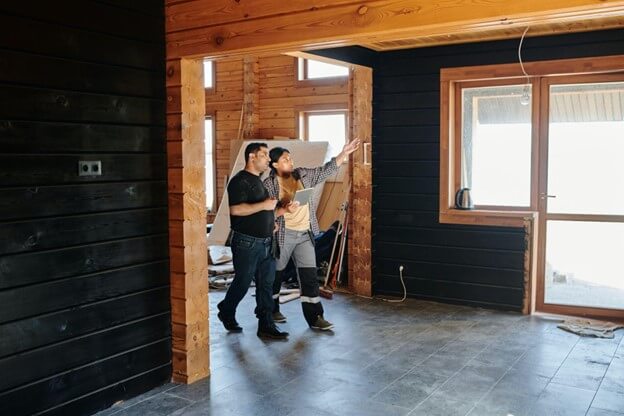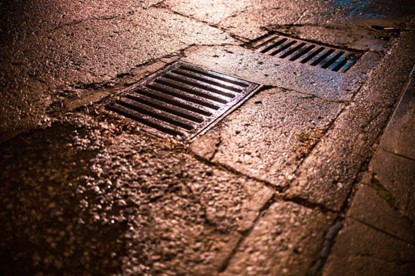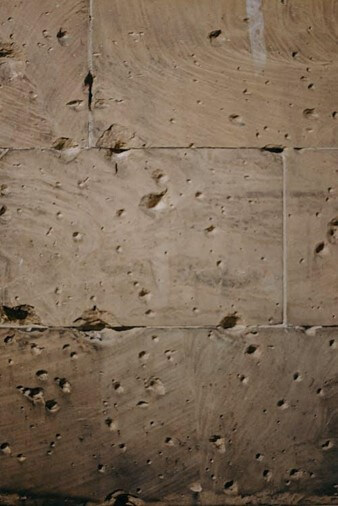Hiring a contractor is an important and risky time for your project and your company. You need to make sure that you’re getting a quality contractor so everything goes according to plan in your final project matches your expectations.
On the internet, every contractor can look the same. So how do you know you’re about to hire the wrong contractor? Here are six signs:
Resume but no references
One sign that you are about to hire the wrong contractor is that the person or company can offer you a resume, but no references. Sure, there is a list of projects they have worked on. Those projects might have been completed successfully. But who is attesting to that work? What role did this person or company play in that work? If you don’t know these answers you might be about to hire the wrong contractor.
No trusted materials partners
A second sign you’re about to hire the wrong contractor is that they won’t give you any information about the materials they will use on your project. Contractors who simply resort to using the least expensive parts for the work run the risk of using materials that weren’t meant to work together. They also might run the risk of compromising the whole project because they used the cheapest item to do an important task. Then when that item fails the whole project can be lost or set back.
Reluctance to agree to any timelines
A red flag in your hiring process is when your contractor is unwilling to agree to any time lines. Yes, things happen. And big projects are exposed to bigger problems happening more often. However, an individual contractor or subcontractor who won’t agree to any time lines is letting you know that they don’t have any time lines or expectations for their own work.
No catalog of completed work
Finally, your contractor should be able to point to successful projects they have worked on. Whether they were the lead or subcontractor, you should be able to see their work and understand their experience. Have they done projects of this size and scope, have they dealt with the complexities your project will offer?
This is not merely about experience in the lead role, but about general experience with the work itself. That is, they don’t have to have been the lead contractor in every project they show you. But if they have never done a project like yours at all, you might be about to hire the wrong contractor.

Photo by George Becker: https://www.pexels.com/photo/1-1-3-text-on-black-chalkboard-374918/










